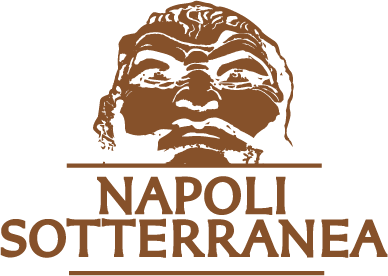The Kingdom of Naples, one of the most fascinating historical entities in Italy, has a very rich cultural tradition, which is also reflected in its folk customs. The traditional costumes of this region, which covered the southern part of the Italian peninsula, varied greatly from province to province, reflecting the geographical, economic and social diversity of the various areas.
Common Elements
Despite local differences, the costumes of the Kingdom of Naples had some common elements. The materials used were mainly linen, wool and cotton, adapted to the different seasons and labor needs. Bright colors, such as red, green, and blue, were predominant, often embellished with intricate embroidery and lace decorations.
Women’s Clothing
Women in the Kingdom of Naples generally wore white linen blouses with long, wide sleeves, overlaid by fitted bodices often decorated with colorful ribbons and embroidery. Skirts were long and voluminous, sometimes accompanied by decorative aprons. A distinctive accessory was the “maccaturo,” a cotton or silk handkerchief that could be worn on the head or around the neck. Footwear, on the other hand, ranged from simple wooden clogs to more elaborate shoes on feast days.
Men’s Clothing
Men wore white linen shirts, often accompanied by wool or cotton vests and jackets. Pants were generally long and tight, stopped at the waist by belts or bands of colored cloth. A felt or straw hat was a common accessory, especially for peasants working in the fields. Footwear was generally sturdy and practical, suitable for the harsh working conditions.
Regional Variations
As anticipated at the outset, each province of the Kingdom of Naples had its own specificities. For example, in Campania, the women of Naples were known for their richly decorated dresses with lace and pearls, while in Calabria, the costumes were simpler and more practical, reflecting a life more tied to sheep farming and agriculture. In Puglia, costumes were characterized by particularly bright colors and geometric embroidery.
Special Occasions
During festivals and religious celebrations, costumes became even more elaborate. Brides, for example, wore particularly rich and ornate dresses, with long veils and family jewelry. Religious processions saw the participation of entire communities dressed in their best clothes, often with symbolic elements representing local saints or protectors.
Cultural Significance
Folk costumes in the Kingdom of Naples were more than just clothing; they represented an important expression of cultural and social identity. Every detail, from the color of fabrics to the patterns of embroidery, told a story of belonging and tradition. Today, although modern clothing has replaced traditional costumes in daily life, these garments live on in historical re-enactments, festivals and folkloric celebrations, keeping alive a fundamental part of Southern Italy’s cultural heritage.
